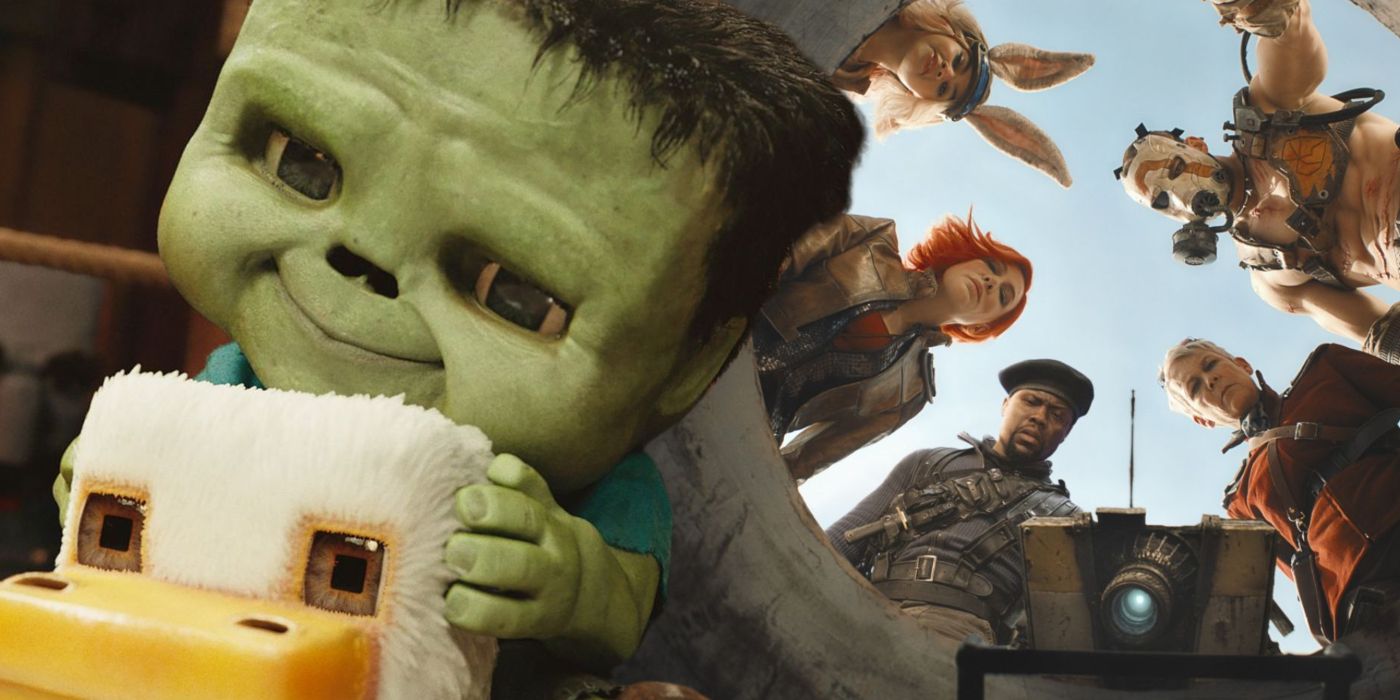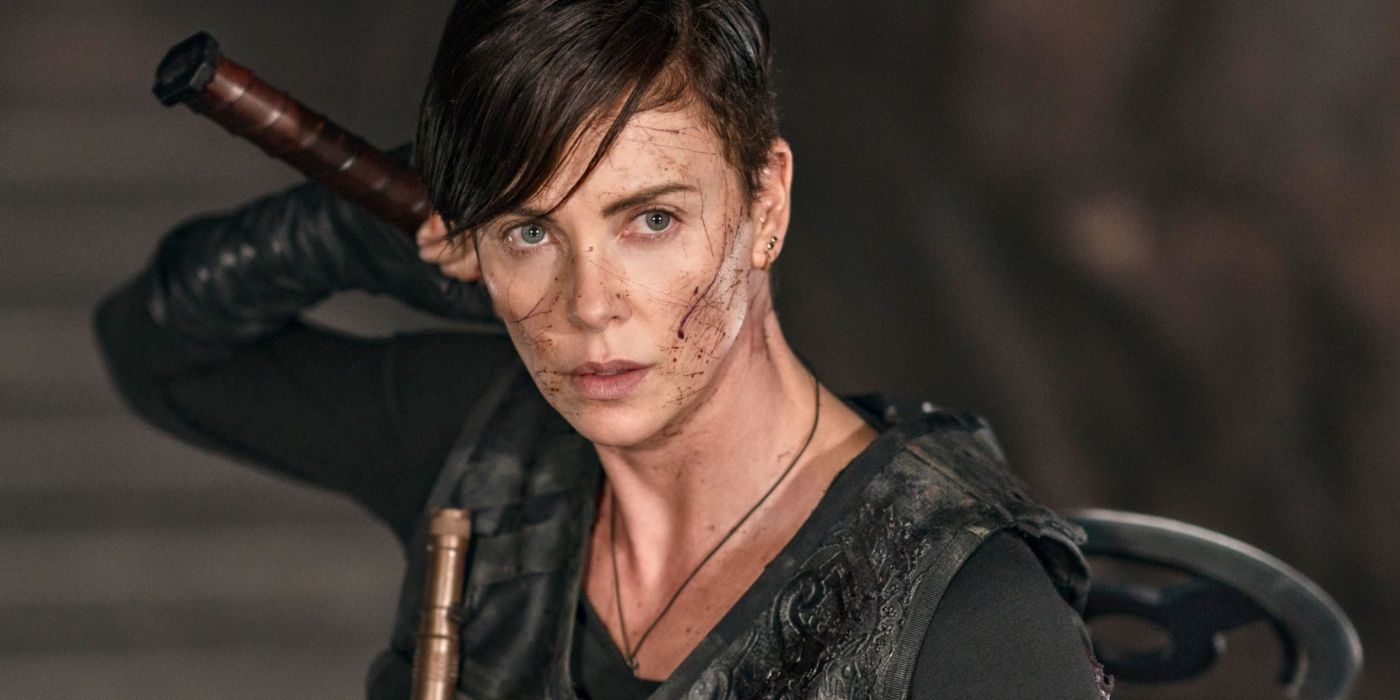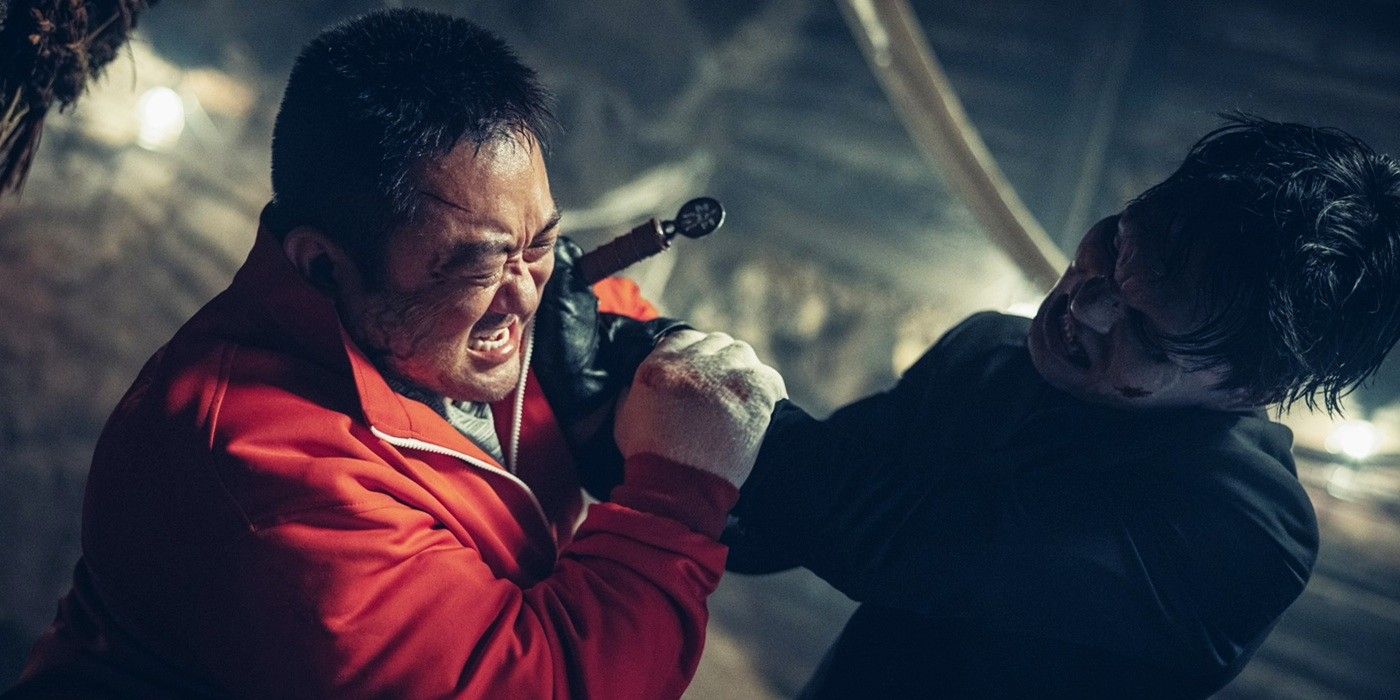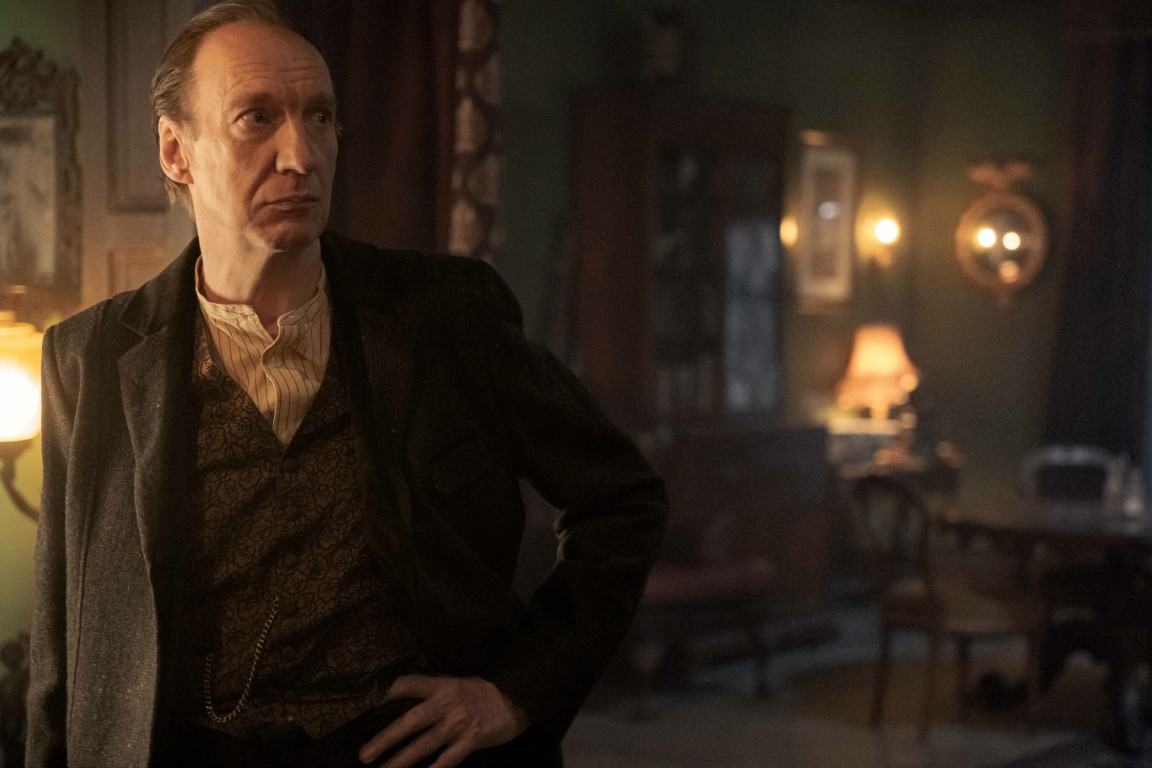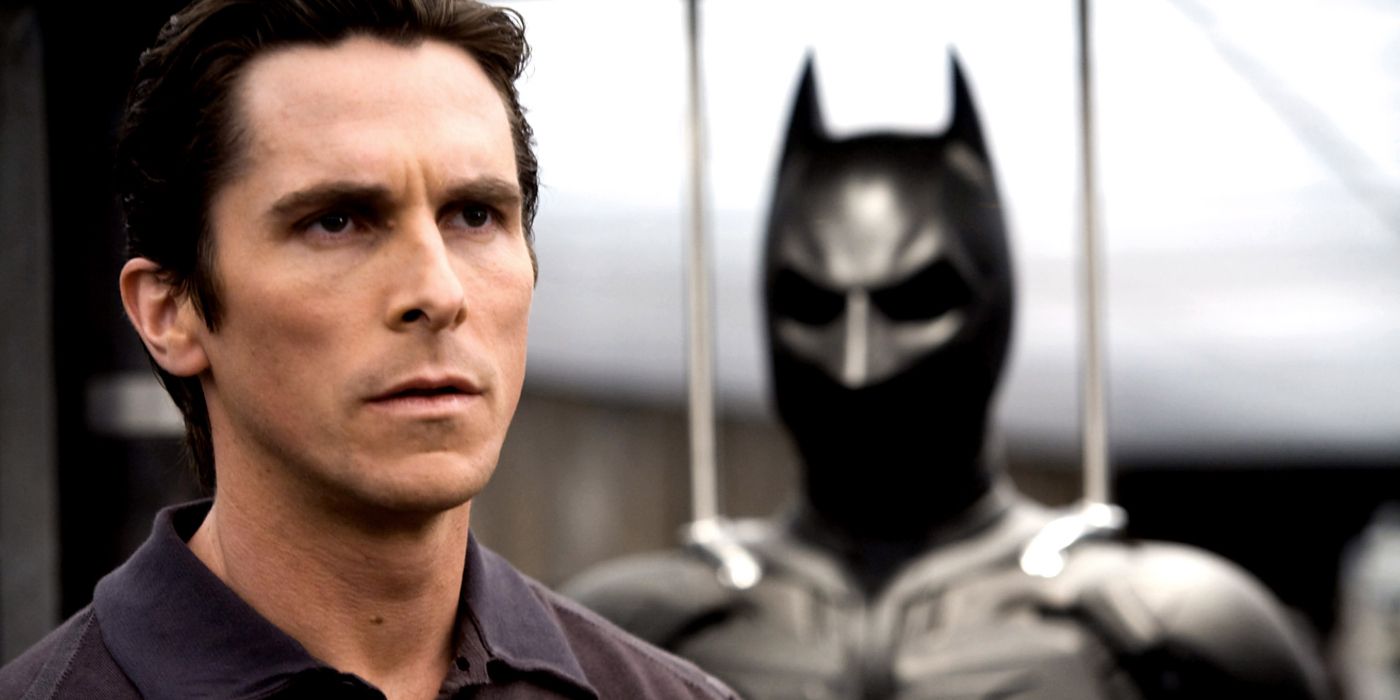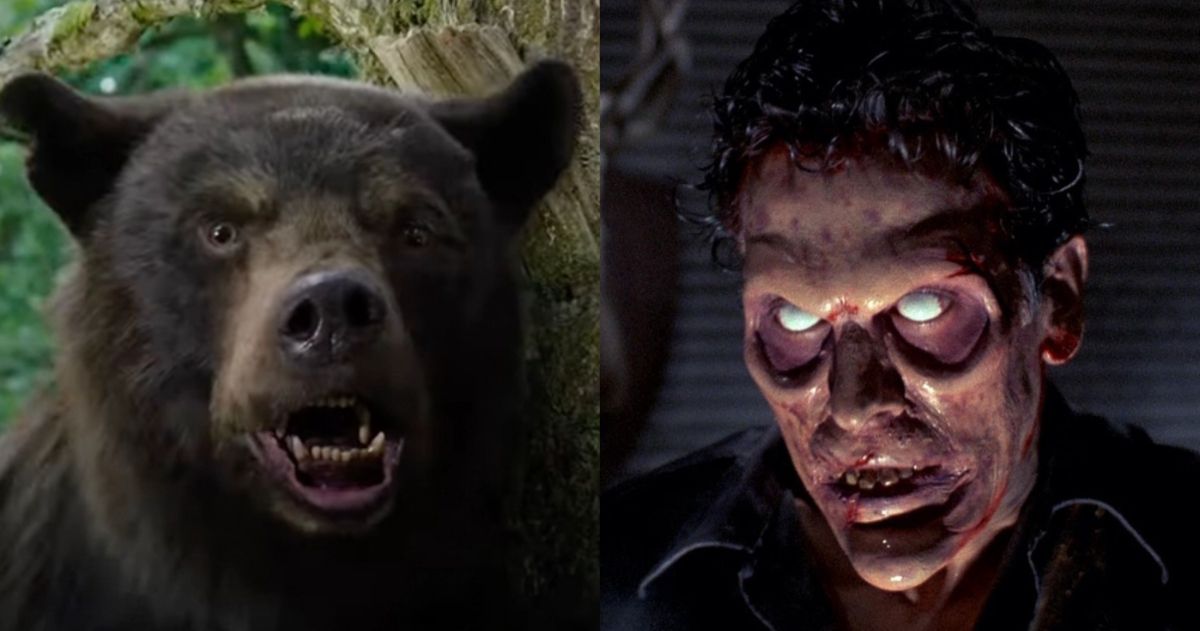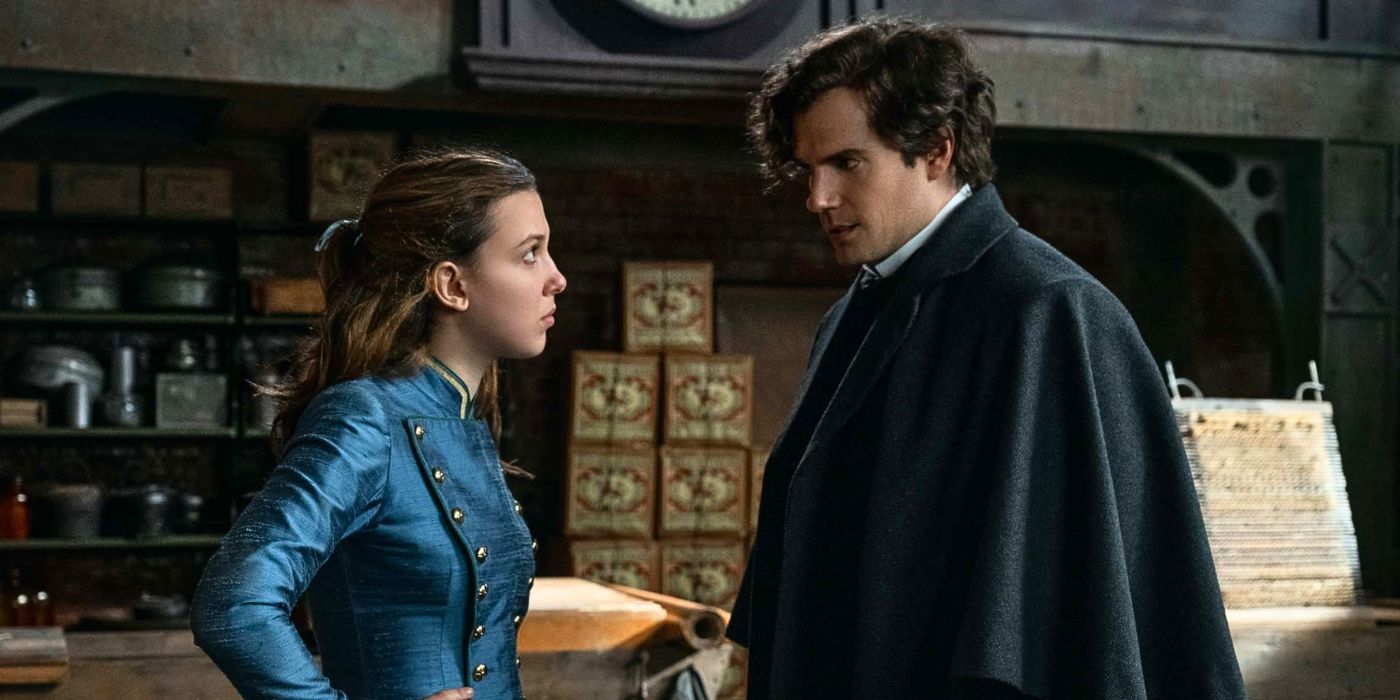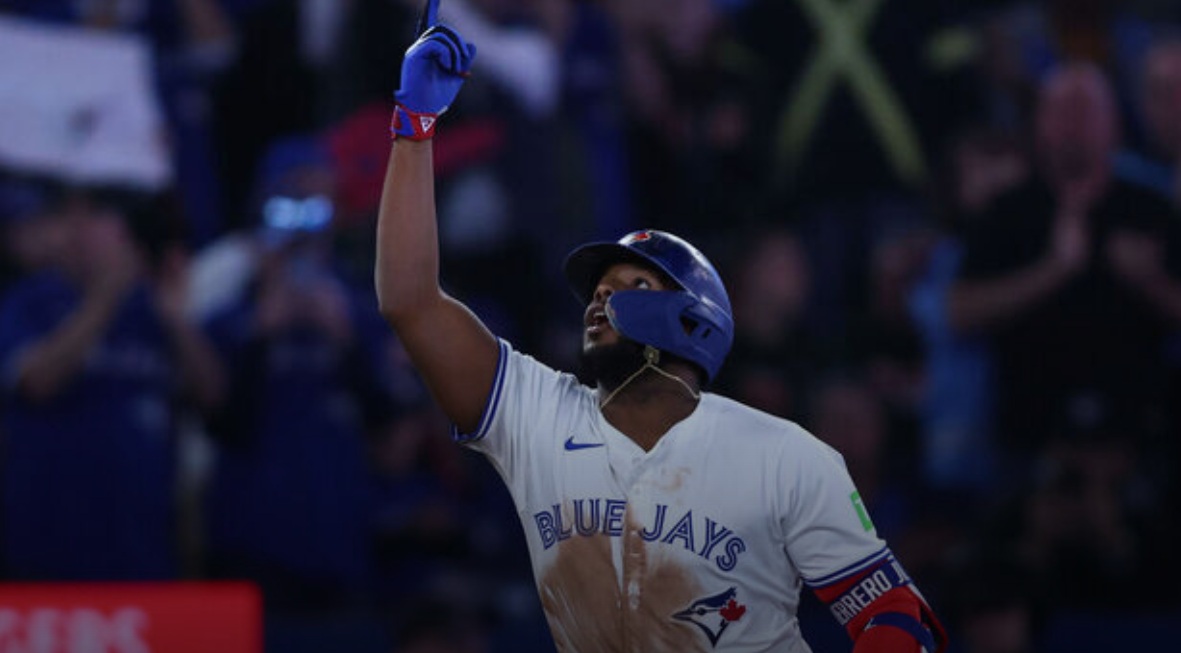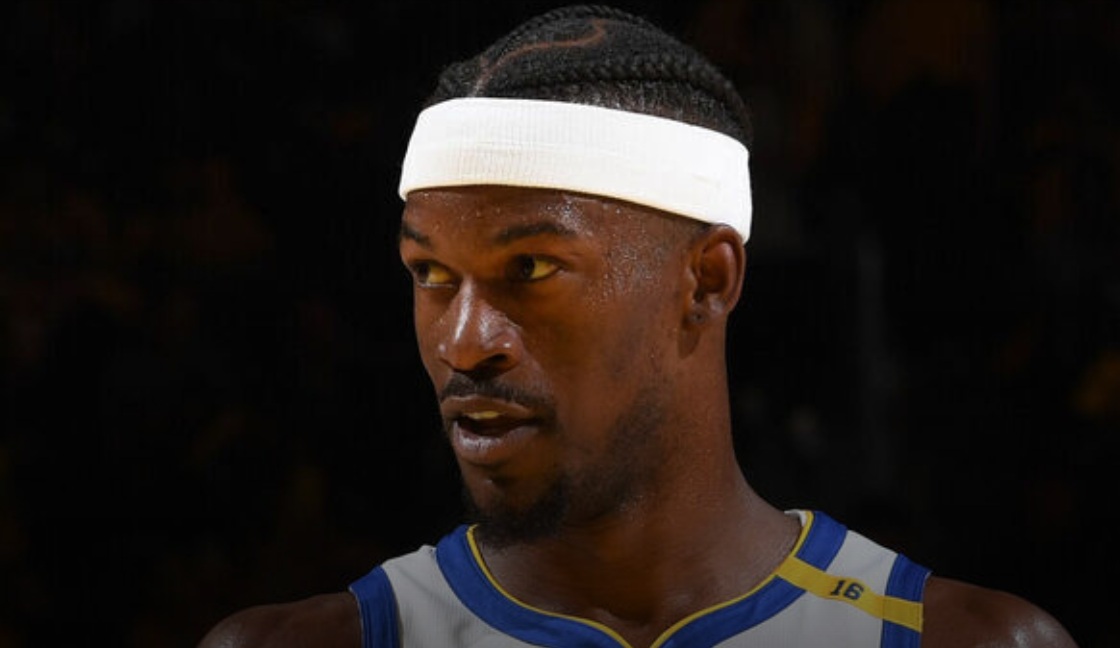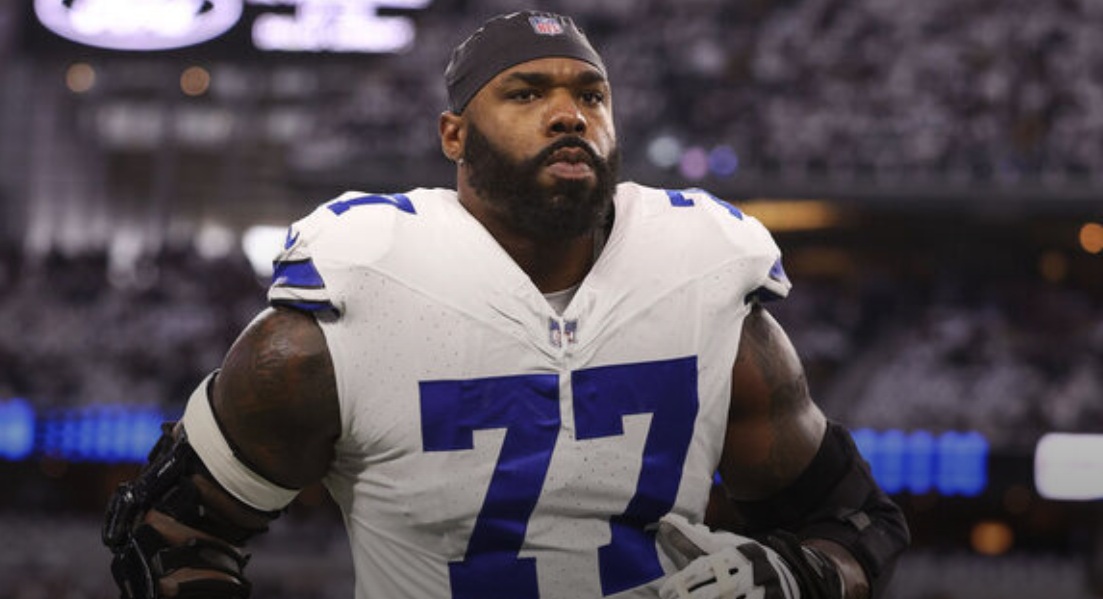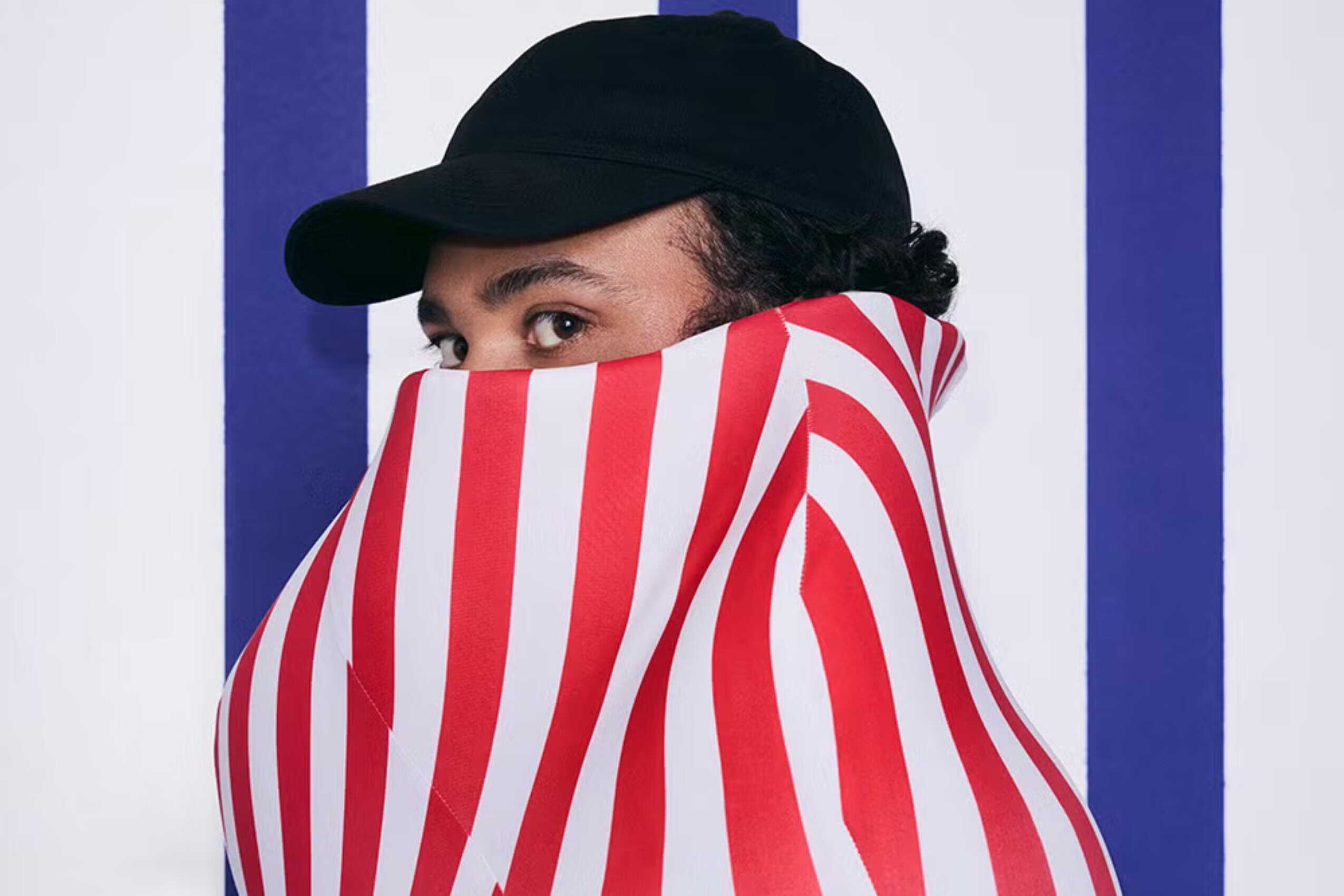This is especially frustrating in the case of the Hob Gadling story. Hob is a commoner that Dream meets at an English pub in 1389 and grants immortality to after overhearing Hob boast to his friends about how he has no intention of dying. The issue then shows Hob and Dream meeting at the same pub every hundred years as Dream asks him if he wants to keep on living. In the original comic story, each century’s meeting had to be encapsulated in just a few pages, and the lion’s share of their conversations were, presumably, left on the cutting room floor. In an interview for the 1999 book The Sandman Companion, Gaiman even admitted that he was sad to finish the issue, and he would have loved to carry on the conversations between Dream and Hob “indefinitely.”
Well, this show was his chance, and Gaiman could have spent the extra time and space granted by a different medium to show more of what Dream and Hob discussed over the centuries. But instead Gaiman and his fellow showrunners opted to not change a damn thing from the 24-page comic story. Your mileage may vary with that.
This is primarily how it goes for the first six episodes of the Netflix series. Because so many of the early issues of the comic series were bottle issues, they each get too-faithfully adapted into bottle episodes of the show. And while the last four episodes have more flow and continuation to them, they’re still fairly militant in following the comics. Sure, there are a few changes, but most of them are just the show eliminating attempts of the comic series to fit into the larger DC Universe of the time, such as guest appearances by John Constantine, Etrigan the Demon, and the Martian Manhunter, or an issue that was partially set in Arkham Asylum. To put it another way: the show changed almost nothing it didn’t need to change. And that’s too bad, because “The Sandman” is essentially a story about the nature of stories, and stories change over time. Storytellers change over time. Gaiman is certainly not the same writer now that he was in 1988, but this show acts like he is.
To be fair, “The Sandman” has a lot going for it outside of its storytelling choices (or lack thereof). In nearly every way other than writing, it’s very well done. The casting, in particular, is uniformly excellent, and Sturridge is perfect as Dream. Boyd Holbrook, Jenna Coleman, Gwendoline Christie, Kirby Howell-Baptiste, David Thewlis, Patton Oswalt, and Vivienne Acheampong are also all particularly wonderful as fairly important supporting characters, and it’s nice that several of those roles were cast to show far more diversity than was featured in the comic series. The score and production design are also very good, and the show certainly looks like Netflix gave it the budget and resources that it needed. But TV is a writer’s medium, and despite Gaiman co-running the show with two other veteran writers known for their acclaimed work in comic adaptations—David S. Goyer (who co-wrote “The Dark Knight” trilogy) and Allan Heinberg (who co-wrote 2017’s “Wonder Woman”)—they all apparently approached their job as glorified transcription.
You can view the original article HERE.

